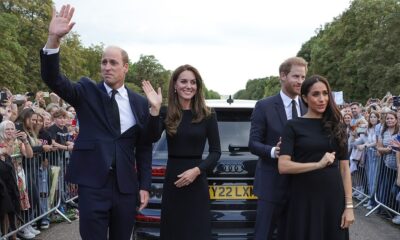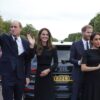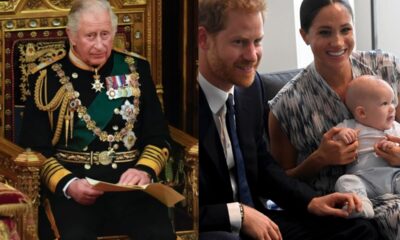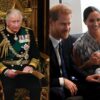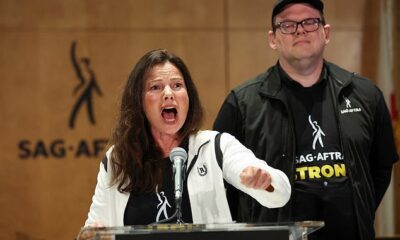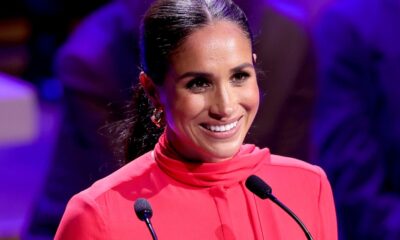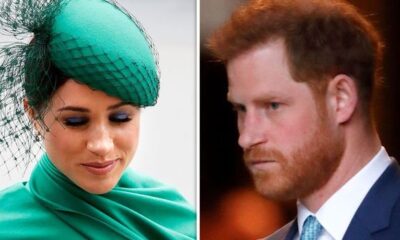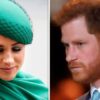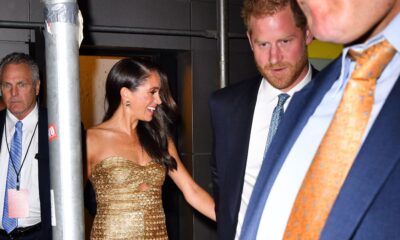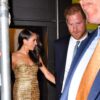Royal Family News
Secrets behind the Queen’s and Philip’s long marriage
The Queen's marriage to Prince Phillip is the longest of any British Sovereign, but what are the secrets behind their reunion?
- Living apart for a while has aided the Royal couple in forging a closer relationship.
- Sharing a passion for travel and adventure make those encounters more enjoyable
- The Duke's humor has made them see the lighter side of life.
- Opposites attract?
In 1934, at the wedding of Princess Marina of Greece and Denmark (Philip's cousin) and Prince George, Duke of Kent (Elizabeth's uncle), Elizabeth and Philip met for the first time. At the moment, Elizabeth was just eight years old. The couple met again at the Royal Naval College in Dartmouth five years later, when Elizabeth was 13 and Philip was 18. It was there, according to reports, when they first felt the sparks of romance and started exchanging letters. Though Elizabeth was “reserved and shy,” Philip's “zest for adventure” drew her in.
Philip proposed to Elizabeth with a three-carat round diamond ring at the Royal family's Balmoral Estate in the summer of 1946, the diamonds coming from a tiara that belonged to his mother, Princess Alice of Battenberg. The couple kept their engagement a secret at first, and the final announcement didn't come until July 1947. This was allegedly at the request of Elizabeth's father, King George VI, who had previously said that he would not give his approval until his daughter had reached the age of 21.
“The secret between their marriage was mutual respect, understanding and space,” True Royalty TV co-founder Nick Bullen told Fox News. “As the duke, Philip knew that he had to do his duty. He was always there for the queen .”
Bullen previously collaborated with the Duke of Edinburgh on celebration of his 90th birthday. Philip emphasized the importance of leading a life devoted to duty and service.
“I remember seeing it personally whenever he would walk into a room,” Bullen said. “He just instantly broke the ice and put people at ease.”
Trending:
Bullen recalled, “So when the queen arrived, everyone was slightly calmer. People are terrified of the queen quite often because she is the reigning monarch. But he was a great icebreaker with a brilliant sense of humor. And he did it for the queen .”
“The queen was very aware that when he retired, he wanted to go live in Sandringham in a small house on the estate,” said Bullen. “And for a long time, in those early years of retirement, they didn't see each other. But that's what the duke needed. He needed that sort of space. They weren't on top of each other. And it worked for them .”
LOVE FOR ADVENTURE
Between 1949 and 1951, before Elizabeth became Queen, the pair lived in Malta, where Prince Philip was stationed as a young officer in the Royal Navy. The couple enjoyed life on the Mediterranean island, and Malta is widely regarded as Her Majesty's favorite country. In reality, the Queen is one of the world's most traveled monarchs, having toured over 100 countries – always with Philip at her side.
SENSE OF HUMOUR
Prince Philip is renowned for his witty sense of humor, which has undoubtedly kept his wife amused over the years. In truth, when Philip was pulled over for speeding through Central London on the day of his wedding reception on November 19, 1947, he allegedly told the cop, “I'm sorry, officer, but I've got an appointment with the Archbishop of Canterbury.” Philip once recently described himself as “the world's most experienced plaque unveiler” after attending too many Royal engagements with the Queen over the years.
His sense of humor, with all of its so-called “gaffes,” was a key influence in his relationship with the Queen. He was able to make her laugh.
The timid young Queen used to freeze in front of cameras. With a humorous aside, Prince Philip would defuse the situation and put a smile on the Queen's face. This made a huge difference because you're always in the spotlight, which she has been for almost her entire life.
According to royal expert Richard Fitzwilliams, Philip and Elizabeth are like chalk and cheese, with Philip being a “moderniser” and the Queen being “resistant to change.” Opposites, on the other hand, clearly attract. ‘This was a marriage between temperamental opposites, which has been notable, not just for its longevity, but for the marvellous mutual supportiveness that has characterised,' he added.
Top stories:




